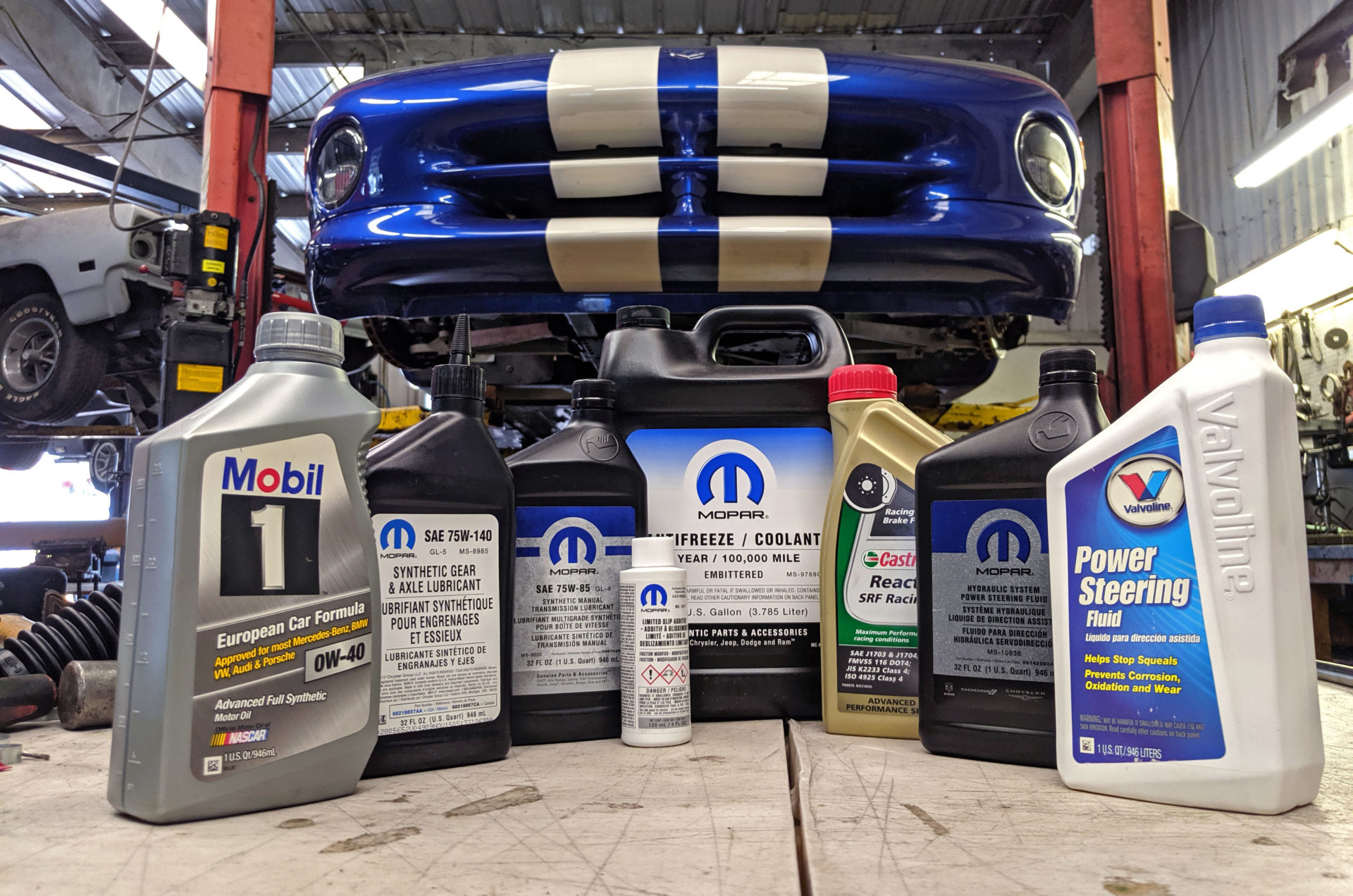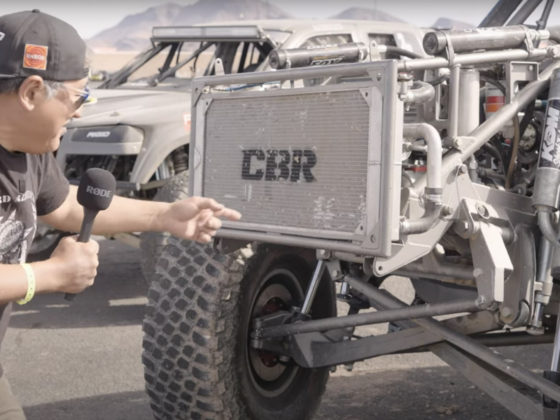 …and the rear brakes.
…and the rear brakes.
 The original fluid was likely never changed and looked terrible. We now have a lot of confidence in the SRF to protect against a long pedal and boiled fluid.
The original fluid was likely never changed and looked terrible. We now have a lot of confidence in the SRF to protect against a long pedal and boiled fluid.
 The power steering fluid is another important fluid to replace.
The power steering fluid is another important fluid to replace.
 A turkey baster was used to suck the reservoir dry. It’s important to mark or throw away the turkey baster so it’s not reused at Thanksgiving. Don’t ask me why.
A turkey baster was used to suck the reservoir dry. It’s important to mark or throw away the turkey baster so it’s not reused at Thanksgiving. Don’t ask me why.
 The power steering fluid was in really bad shape. The Viper is really hard on this fluid and it’s pretty common to boil it from spirited drives. Because of this, a larger power steering cooler is highly recommended. We will tackle this in a future article.
The power steering fluid was in really bad shape. The Viper is really hard on this fluid and it’s pretty common to boil it from spirited drives. Because of this, a larger power steering cooler is highly recommended. We will tackle this in a future article.
Quick Reference:
Page 1 – Trans Chassis Plate Removal
Page 2 – Trans Fluid Drain & Fill
Page 3 – Diff Fluid Drain
Page 4 – Diff Fluid Fill, Coolant Drain
Page 5 – Coolant Fill, Brake Fluid, Front Brake Bleed
Page 6 – Rear Brake Bleed, Power Steering Flush
Page 7 – Power Steering Fluid & Engine Oil




6 comments
Have any idea why ATF was specced for a manual? That seems pretty ridiculous to me.
Because the transmission was design to use ATF for good shift quality in cold conditions, compatibility with synchronizer friction materials, and minimized parasitic drag to maximize power to the wheels.
They probably didn’t want to develop a specific MT fluid since most of their vehicles are AT. It just seems a bit lazy to me, especially with a high horsepower halo car like the Viper.
I have no idea what the viscosity is on the Mopar MTL, but I bet it’s higher than Dexron III:
“Manual transmission fluid, as noted earlier, tends to be a higher viscosity than automatic transmission fluid. This helps the fluid develop a thick, durable protective film.”
What about clutch fluid?
The same Castrol SRF as the brakes.
The passion and dedication you have for this project shine through your writing, and it’s contagious. I can’t wait to see what’s next in store for Project Viper. Keep up the fantastic work, and thank you for sharing your journey with us!